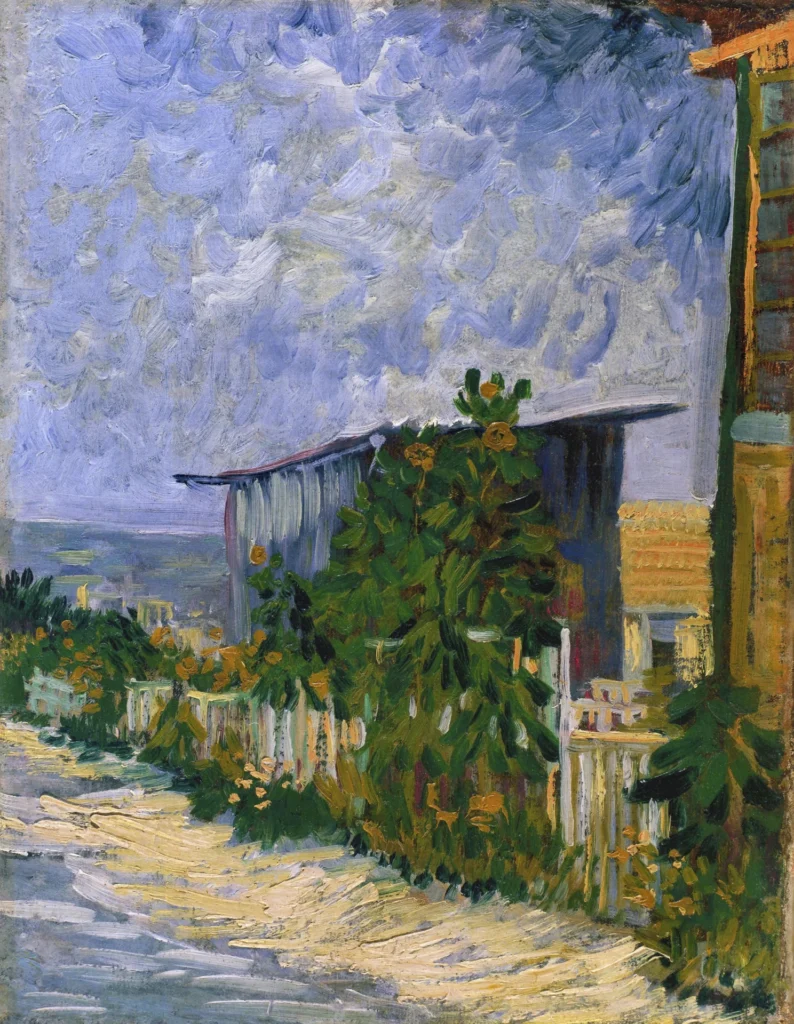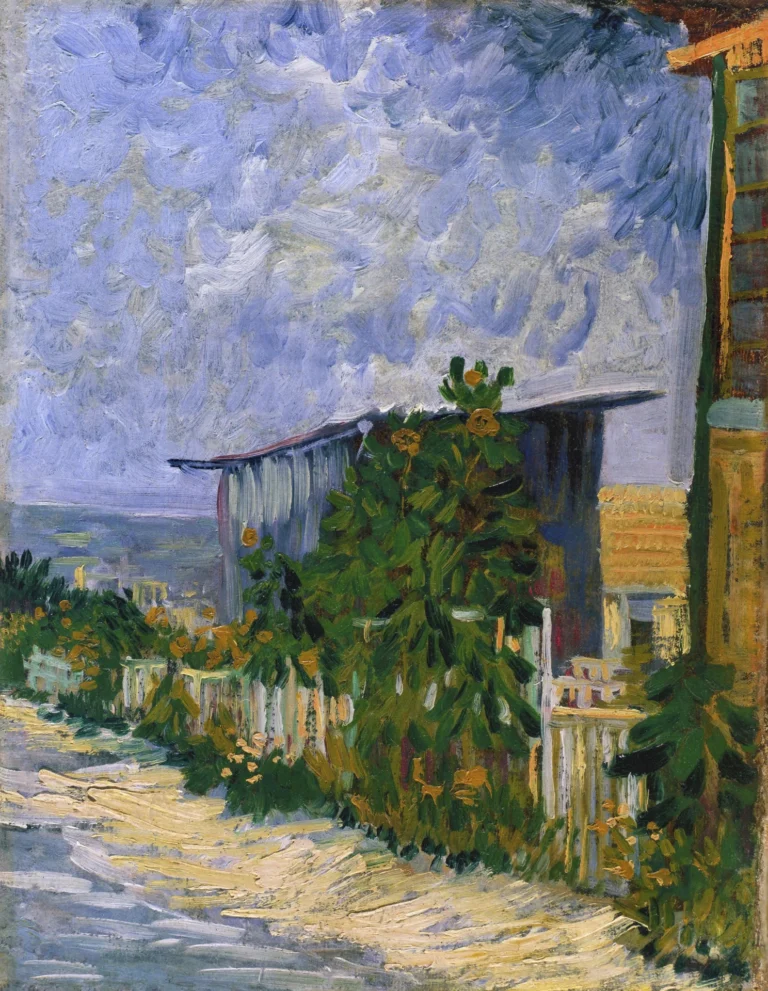Shelter On Montmartre (1887)
Shelter on Montmartre showcases Van Gogh's exceptional talent for capturing the essence of a scene through vivid color and expressive brushwork. Painted during his time in Paris, this piece reveals the less urbanized areas of Montmartre, reflecting a blend of rural tranquility amidst an evolving city. Executed in oil on canvas, Van Gogh’s unique application of brush strokes breathes life into the rustic shelter depicted, making it a significant contribution to the post-impressionist movement.
June 1887
About the Artwork
Created during a transformative time in Van Gogh's life, Shelter on Montmartre encapsulates his desire to find beauty in ordinary moments. Living in Paris in 1887, Van Gogh was heavily influenced by the vibrant art scene and the advancements in impressionism. Montmartre, known for its bohemian lifestyle, offered Van Gogh a view of the rural aspects of life amid the burgeoning urban landscape. This painting serves as a bridge between the artist’s earlier works, focused on peasant life, and his later, more abstract compositions. The depiction of a humble shelter conveys a sense of peace and solitude, reflecting Van Gogh's personal struggles and his profound connection to the natural world. Its current residence in the California Palace of the Legion of Honor highlights its continued appreciation and significance in art history.
Did You Know
Liked what you see? Add it to your collection.
Enjoyed reading? Share it.
... continued
Date and Location
The painting was created in June 1887, during Van Gogh's time in Paris, specifically in the hilltop neighborhood of Montmartre
Technique and Materials
The painting is executed in oil on canvas, a common medium for Van Gogh's works
Dimensions
The painting measures 35.6 cm in height and 27.3 cm in width
Current Location
Shelter on Montmartre is part of the collection at the California Palace of the Legion of Honor in San Francisco, with the inventory number 1965.28. It was bequeathed by Frederick J. Hellman
Description
Despite being painted in an urban setting, the scene depicts a rural-like atmosphere, which might lead one to believe it was painted in the countryside. However, it captures a moment in the less developed areas of Montmartre, which was on the northern edge of Paris at the time
Public Domain
The original painting itself is in the public domain, and faithful photographic reproductions of it are also considered to be in the public domain










